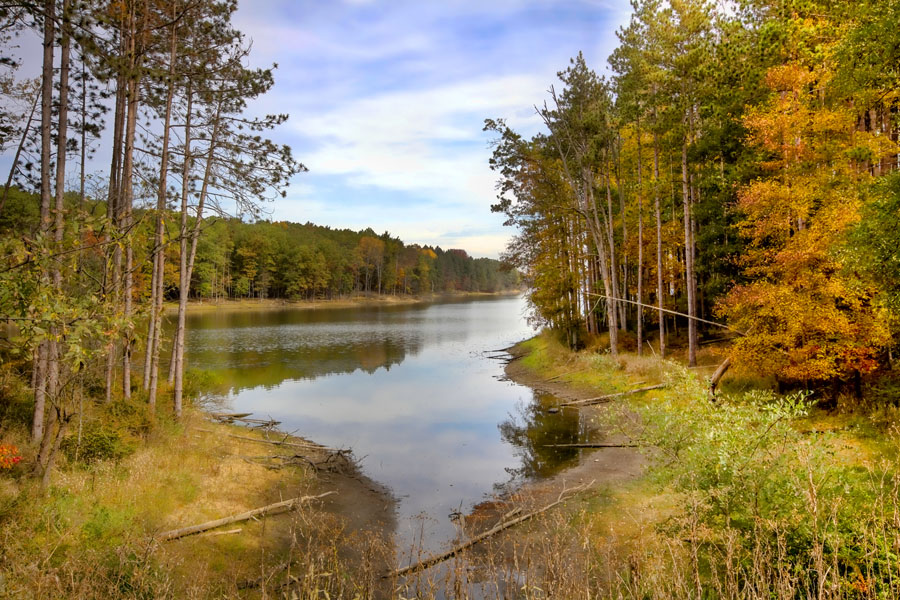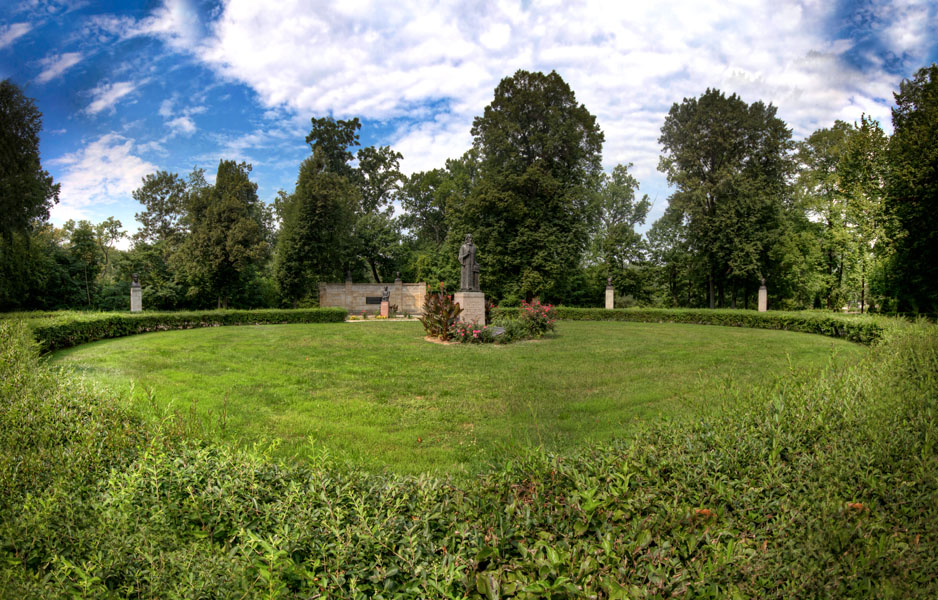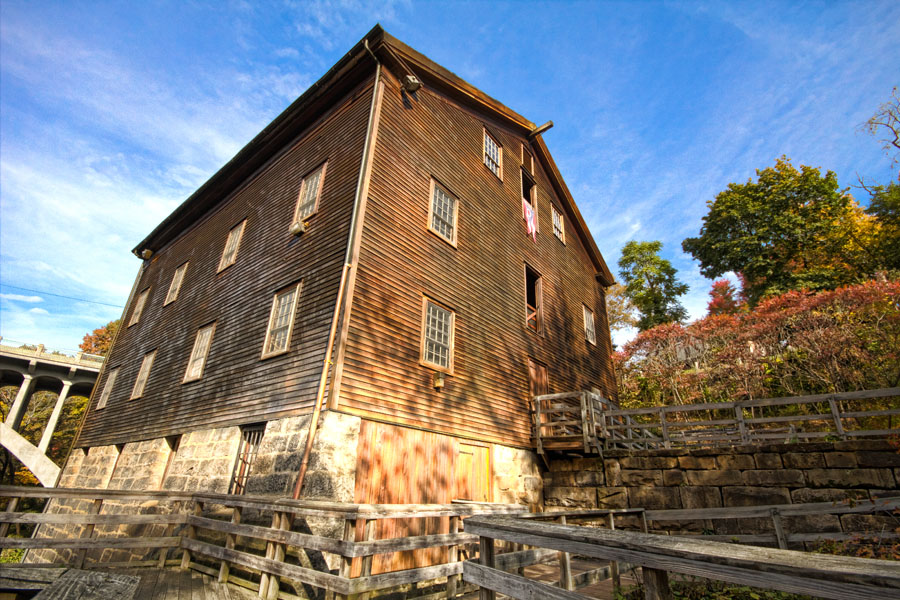Cleveland Metropolitan Park District
The history of the Cleveland Metroparks from clemetparks website:
“The oldest park district in Ohio, the Cleveland Metropolitan Park District was born in 1917, the initiative of a young, self-taught engineer who had conceived the idea of an outer chain of parks with connecting boulevards some 12 years earlier. William Stinchcomb’s genius was to anticipate the future need for open space at a time when Cuyahoga County outside of Cleveland was still largely rural. From a few scattered donations of land in the Rocky River Valley, the Park District grew to embrace some of the most scenic areas of Greater Cleveland.
Stinchcomb first suggested his idea in 1905 and repeated his plea in 1909. Cleveland, which was then the nation’s sixth largest city, finally formed a park board in 1912 following an act by the Ohio Senate. In April 1912, West Side brewer Leonard Schlather offered to donate approximately three acres of bottom land in the Rocky River Valley.
But, there was a problem. Although the park board had the power to receive gifts of land and property, it had no money of its own and no authority to raise money by bonds or taxation. The park board remained basically dormant for several years.
State law changed in 1915, allowing the Cuyahoga County Commissioners to appropriate money to the park board and in 1916 the first funds were received. Stinchcomb, who had been elected Cuyahoga County engineer, stayed involved in the project as a consulting engineer and developed the “Proposed Cuyahoga County Park and Boulevard System.” The plan showed a continuous parkway encircling Cuyahoga County, threading its way through the Rocky River, Big Creek, Chippewa Creek, Tinkers Creek, Chagrin River and Euclid Creek valleys, and connecting, in two places, with the existing city of Cleveland park system.
In March 1917, the Ohio General Assembly passed a bill providing for “the conservation of natural resources by the creation, development and improvement of park districts.” On June 30, 1917, the Board of Trustees of Euclid Township petitioned the Probate Judge of Cuyahoga County for the creation of the Cleveland Metropolitan Park District. In July, a new park board was appointed and then met for the first time on July 30, 1917. Stinchcomb stayed on as a consultant without compensation.
From its inception through the 1920s, the Cleveland Metropolitan Park Board concentrated its efforts on assembling parkland. The Park District materially took shape during its first decade. In 1920, the Park District held title to just 109 acres of land in Rocky River and Big Creek; by 1930, it had acquired at a cost of $3.9 million, 9,000 acres in nine large, unconnected reservations: Rocky River, Huntington, Big Creek, Hinckley, Brecksville, Bedford, South Chagrin, North Chagrin and Euclid Creek.
The next step, connecting the reservations, would be tackled in years to come.”
For more info: http://www.clemetparks.com/index.asp
Today’s Quote: “All art is but imitation of nature”. -Lucius Annaeus Seneca


